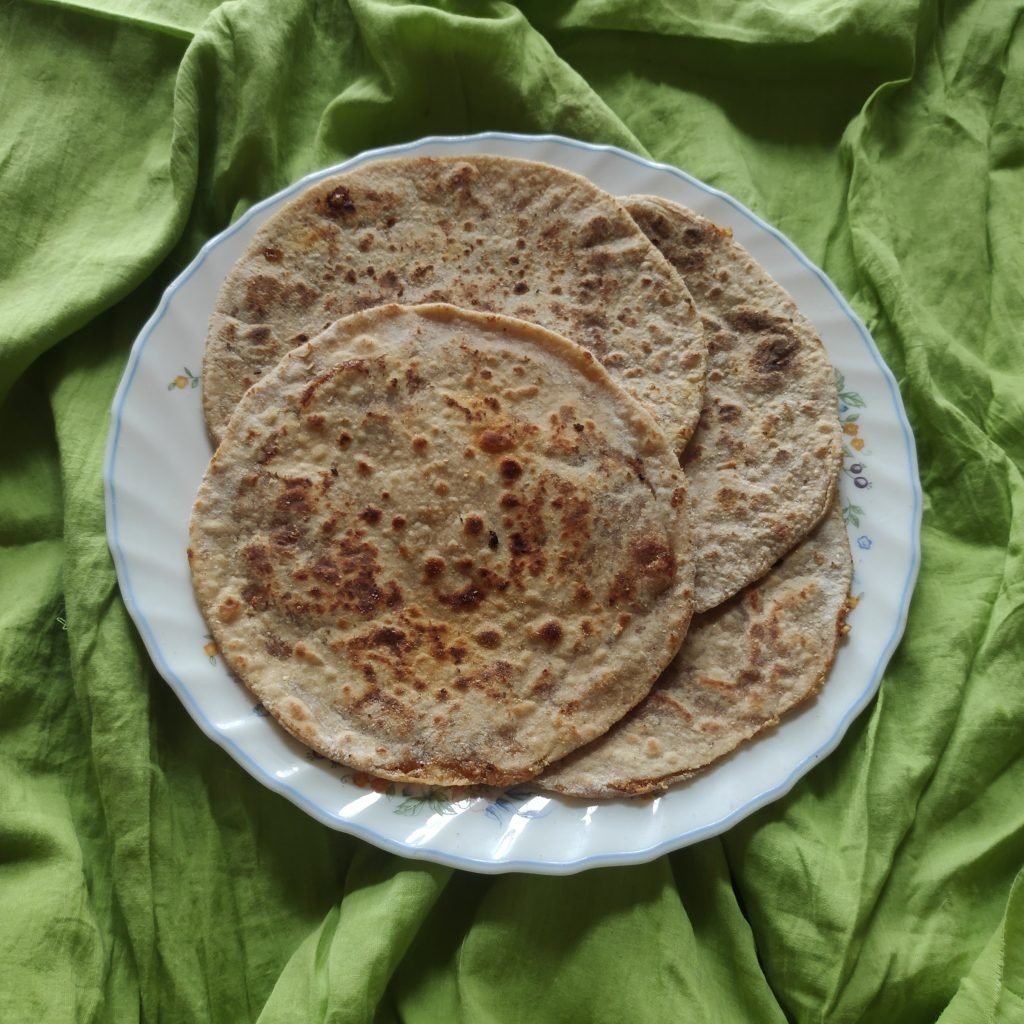
Teel Poli (Sweet Sesame Seed Flat Bread)
The combination of sesame seeds and jaggery is a very common one in India and is used to make many traditional sweet dishes.
Sesame seeds contain protein, fiber, and healthy fats and are rich in calcium. Calcium is an essential mineral that supports the health and function of muscles, hormones, blood vessels and nerves. One tablespoon of sesame seeds provides 87.8 mg of calcium. Both the calcium and magnesium in the seeds may help to reduce blood pressure. Sesame seeds also provide B vitamins, vitamin E, and antioxidants. Sesame seeds are eaten as they are or are added as an ingredient to meals. Sesame seed oil is also used in cooking.
Jaggery is made using traditional methods of pressing and distilling palm or sugar cane juice. In India it is mainly made from sugar cane juice. Though jaggery contains more nutrients than refined sugar (which is only empty calories) because of its molasses content, it is still mostly sugar. The nutrients it contains are in small quantities and so any extra nutrients you get from jaggery come with a lot of calories and so should be eaten in moderation.

